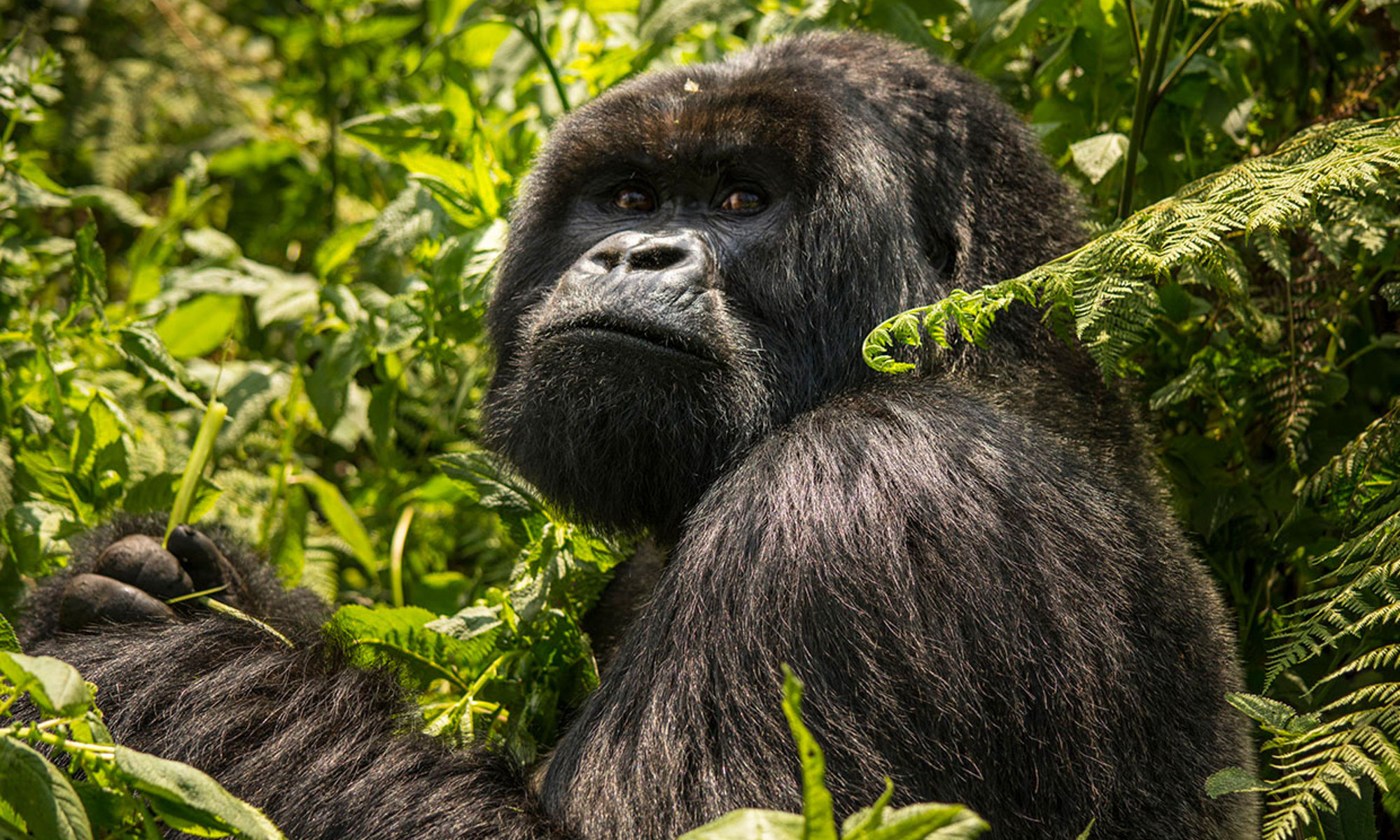Biologist Todd Palmer says the countdown clock has started.
In the movie Avatar, so many magnificent animals have gone extinct that scientists can only study them virtually. This environmentally ravaged Earth is set in the near future, in the year 2154, but according to University of Florida biologist Todd Palmer, our Earth in 2016 is already undergoing an accelerated mass extinction.
According to a study published in the journal Science Advances in June, Palmer and his colleagues say there no longer is any doubt: We are entering a mass extinction that threatens humanity’s existence.
“We have the potential of initiating a mass extinction episode which has been unparalleled for 65 million years.”
“The Earth’s biodiversity plays a critical role in sustaining the human species, from the pollination of our crops, to the purification of our water supply to the amelioration of climate change. We simply cannot afford to continue losing species at the rate they are currently disappearing,” says Palmer.

Despite their protected status, hawksbill sea turtles are still hunted for their shells, which are made into jewelry and ornaments.
There is general agreement among scientists that extinction rates have reached levels unparalleled since the dinosaurs died out 66 million years ago. However, some have challenged the theory, believing earlier estimates rested on assumptions that overestimated the crisis.
Using fossil records and a range of extinction counts, the researchers compared a highly conservative estimate of current extinctions with a background rate estimate twice as high as those widely used in previous analyses. This way, they brought the two estimates – current extinction rate and average background or going-on-all-the-time extinction rate – as close to each other as possible.

The blue-throated macaw was thought to be extinct, is extremely rare, and remains on the endangered list. Michael Seeley
Focusing on vertebrates, the group for which the most reliable modern and fossil data exist, the researchers asked whether even the lowest estimates of the difference between background and contemporary extinction rates still justify the conclusion that people are precipitating “a global spasm of biodiversity loss.” The answer: a definitive yes.
Despite the grim finding, researchers say there is still hope. Lead author Gerardo Ceballos of the Universidad Nacional Autónoma de México told CNN, “We have the potential of initiating a mass extinction episode which has been unparalleled for 65 million years. But I’m optimistic in the sense that humans react. In the past, we have made quantum leaps when we worked together to solve our problems.”
To support the people, program, or research featured in this story, please visit
